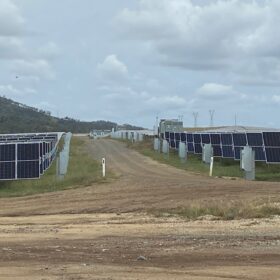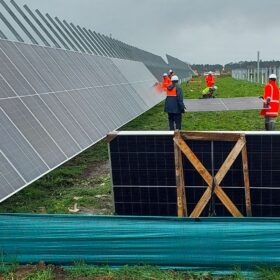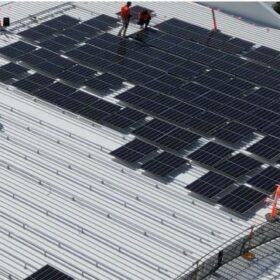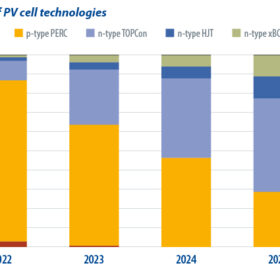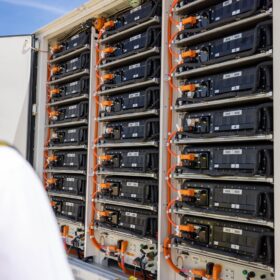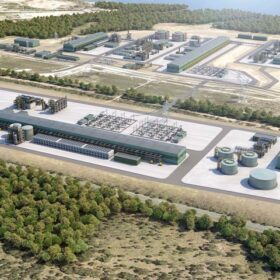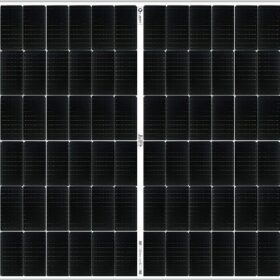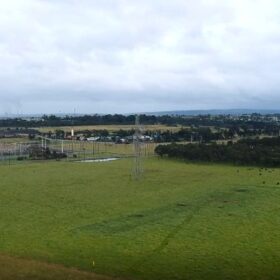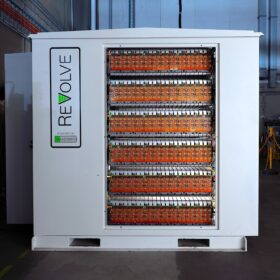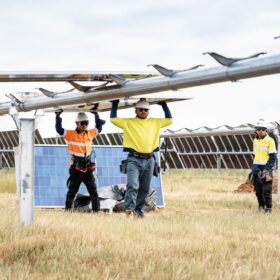Investor group warns of revenue risk for solar farms
The Clean Energy Investor Group has warned that solar farms in southwest New South Wales and northwest Victoria could suffer from “large and unpredictable” swings in revenues because of material changes in marginal loss factors.
NZ developer gets go-ahead for three new solar farms
New Zealand renewables developer Lodestone Energy has received planning consent for three new large-scale solar farms on the country’s South Island as it continues the roll out of a PV strategy that it expects will deliver more than 500 GWh in solar generation.
Origin zeroes in on Australia’s largest theme park PV system
Dreamworld on Queensland’s Gold Coast is now home to the largest solar system at an Australian theme park after the operators teamed with Origin Energy to install a 708 kW rooftop array that is expected to generate almost one quarter of the park’s annual electricity needs.
Weekend read: The writing’s on the wall for p-type
The shift from positively doped, “p-type” to negatively doped, “n-type” solar technology has sparked manufacturing expansion, says S&P Global’s Jessica Jin.
Government shift sees Frontier turn to battery for WA solar project
Frontier Energy has revised its strategy for the first stage of the proposed Waroona Renewable Energy Project being developed in Western Australia’s southwest to include a four-hour 80 MW battery energy storage system in a move that is expected to have significantly better economics than solar alone.
Tasmanian hydrogen hub locks in $70 million federal funding boost
The Australian government has formalised a $70 million (USD 49.95 million) investment to help develop the Bell Bay Hydrogen Hub in northern Tasmania with construction of the project scheduled to commence this year with completion planned for early 2028.
Bluebird Solar unveils M10 half-cut PV modules
Bluebird Solar has developed half-cut mono passivated emitter and rear contact (PERC) solar modules based on M10-sized cells. The modules are available with outputs ranging from 400 W to 550 W.
Amp Energy buys time for South Australian green hydrogen project
Canadian renewable energy company Amp Energy will push ahead with plans to develop and build a green hydrogen project with up to 10 GW of electrolyser capacity in South Australia after extending its exclusive lead developer deal with Australian minerals company Iron Road.
Governments unite with $206 million clean energy initiative
The Commonwealth and New South Wales governments have announced a $206 million package aimed at funding energy saving upgrades in social housing properties and increasing access to solar for low-income renters and apartment residents across the state.
Farmers push for public release of community engagement report
The National Farmers’ Federation is calling on the federal government to expedite the public release of findings from a review into community engagement on renewables projects and energy infrastructure upgrades as it seeks to improve social licence during the transition to renewables.
